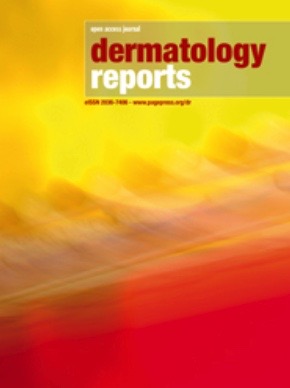Clinical and dermoscopic assessment of angiosarcoma: a diagnostic classification for early detection
All claims expressed in this article are solely those of the authors and do not necessarily represent those of their affiliated organizations, or those of the publisher, the editors and the reviewers. Any product that may be evaluated in this article or claim that may be made by its manufacturer is not guaranteed or endorsed by the publisher.
Authors
Cutaneous and mucosal angiosarcoma (CMA) is a rare and aggressive tumor of vascular endothelial cells that can occur in any body site, including the skin and mucosa. A history of radiation and chronic lymphedema are well-established risk factors, but the causes of sporadic CMA are less clear. Dermoscopy has emerged as a useful noninvasive tool that can aid in diagnosing cutaneous tumors, including CMA, by providing magnified images of the skin surface and subsurface structures. However, to date, little is known about the dermoscopic patterns of CMA. This study aimed to evaluate the clinical and dermatoscopic features of CMA in order to create a classification that can be useful in the early diagnosis of this rare but fearful tumor. A descriptive, retrospective analysis was conducted on the clinical and dermoscopic characteristics of histopathologically confirmed cases of CMA. The study population consisted of ten patients with a histologically confirmed diagnosis of CMA, including six males (60%) and four females (40%). By analyzing our cases clinically and dermoscopically, we classify them into three configurations to facilitate an early and more accurate diagnosis: melanoma-like pattern, benign vascular-like pattern (both cutaneous and mucosal), and inflammatory-like pattern. The identification of CMA poses a diagnostic dilemma for clinicians, as its clinical presentation often overlaps with other benign and malignant dermatological conditions. Dermoscopy, although it does not provide specific or pathognomonic parameters, may improve the diagnostic accuracy of these lesions in conjunction with clinical and histological features. For the first time in the literature, we have attempted to classify the extreme clinical and dermoscopic polymorphism of angiosarcoma by describing three patterns that can be extremely useful for achieving an early and accurate diagnosis of this fearsome and aggressive tumor.
How to Cite

This work is licensed under a Creative Commons Attribution-NonCommercial 4.0 International License.








